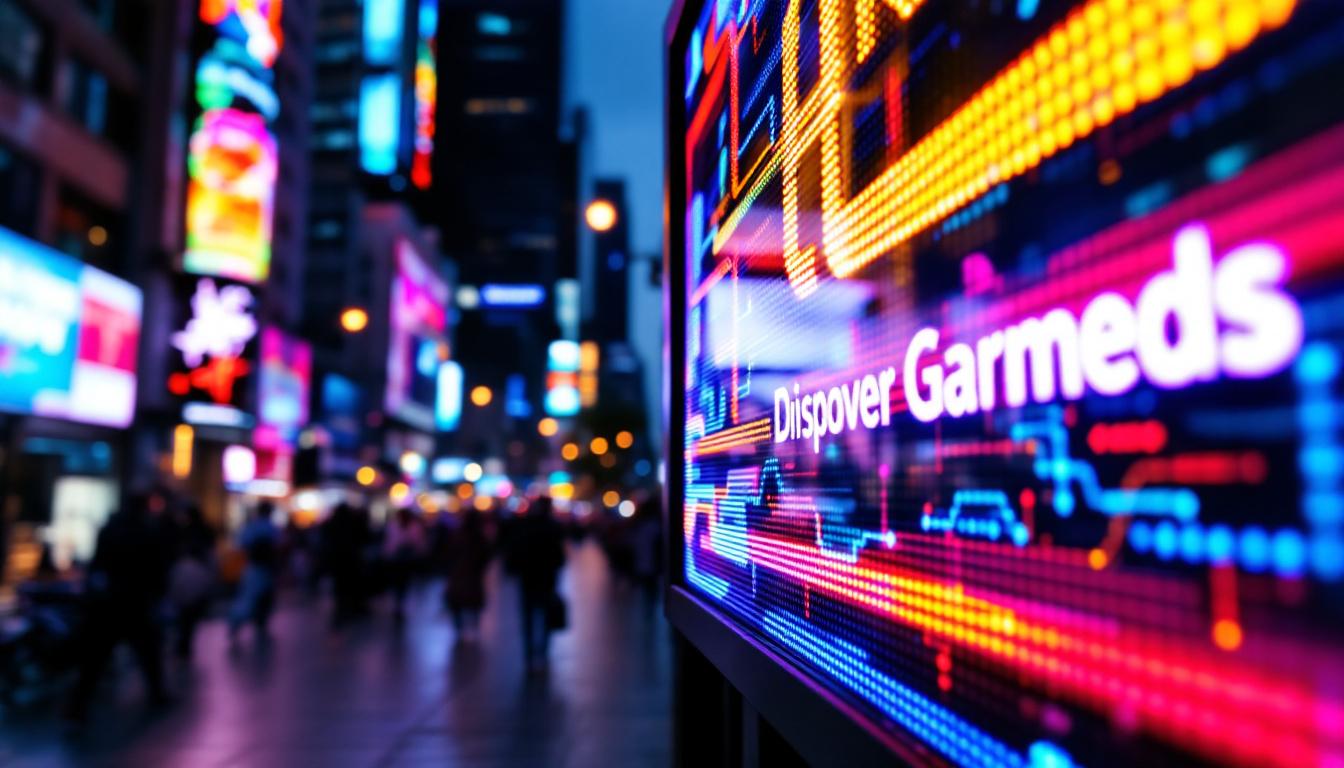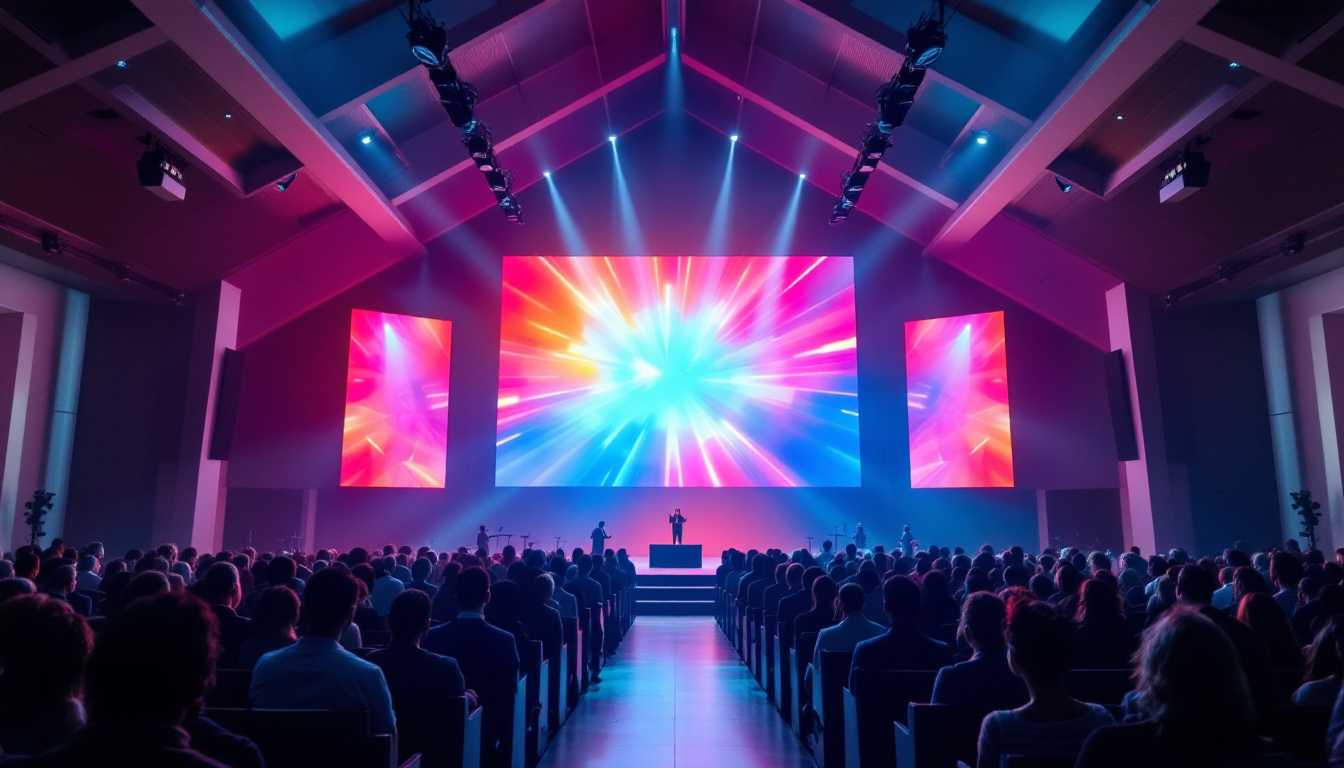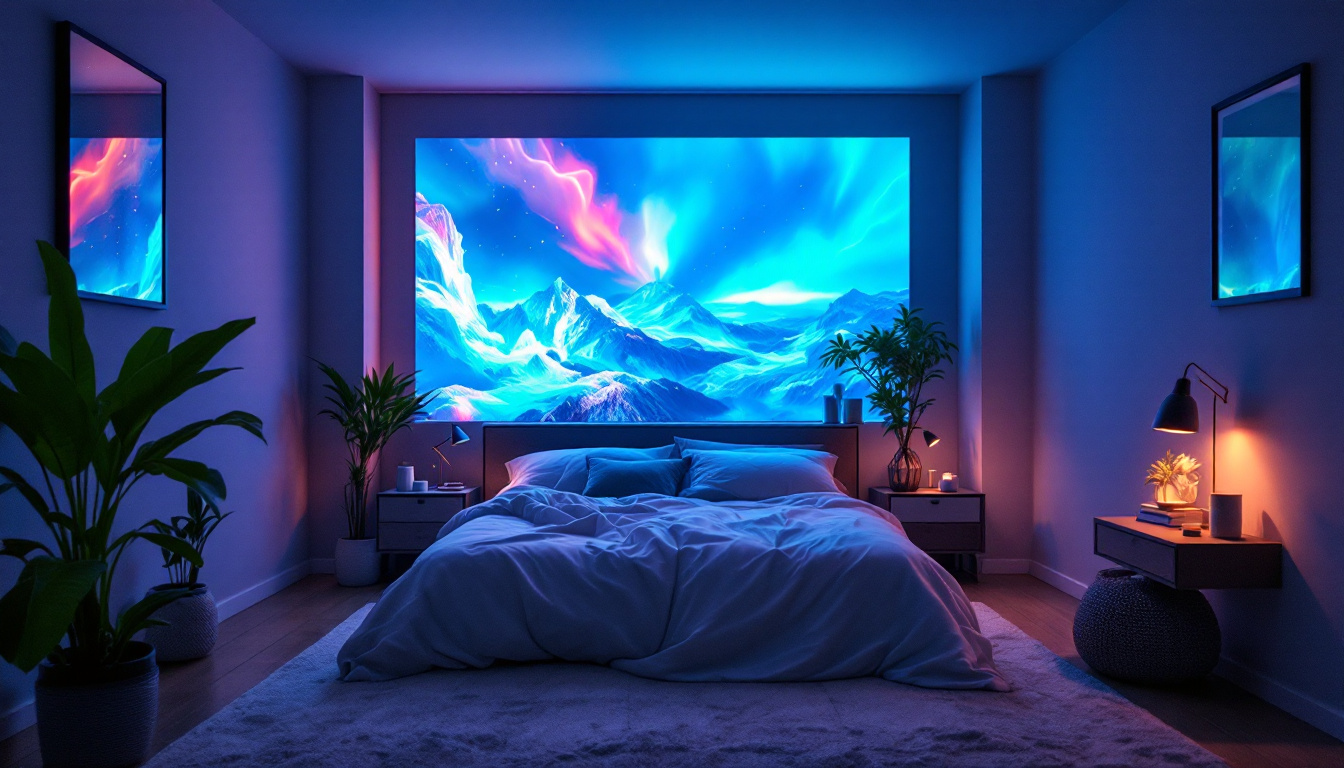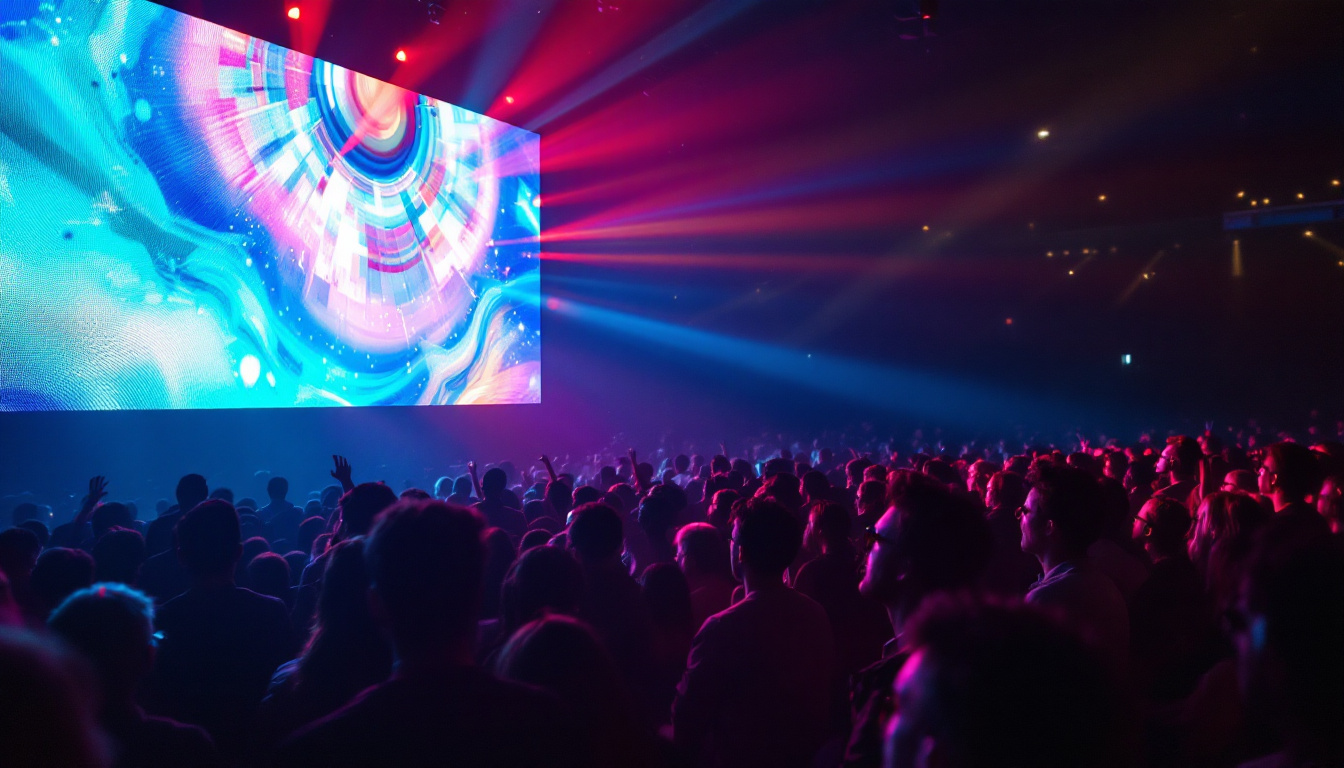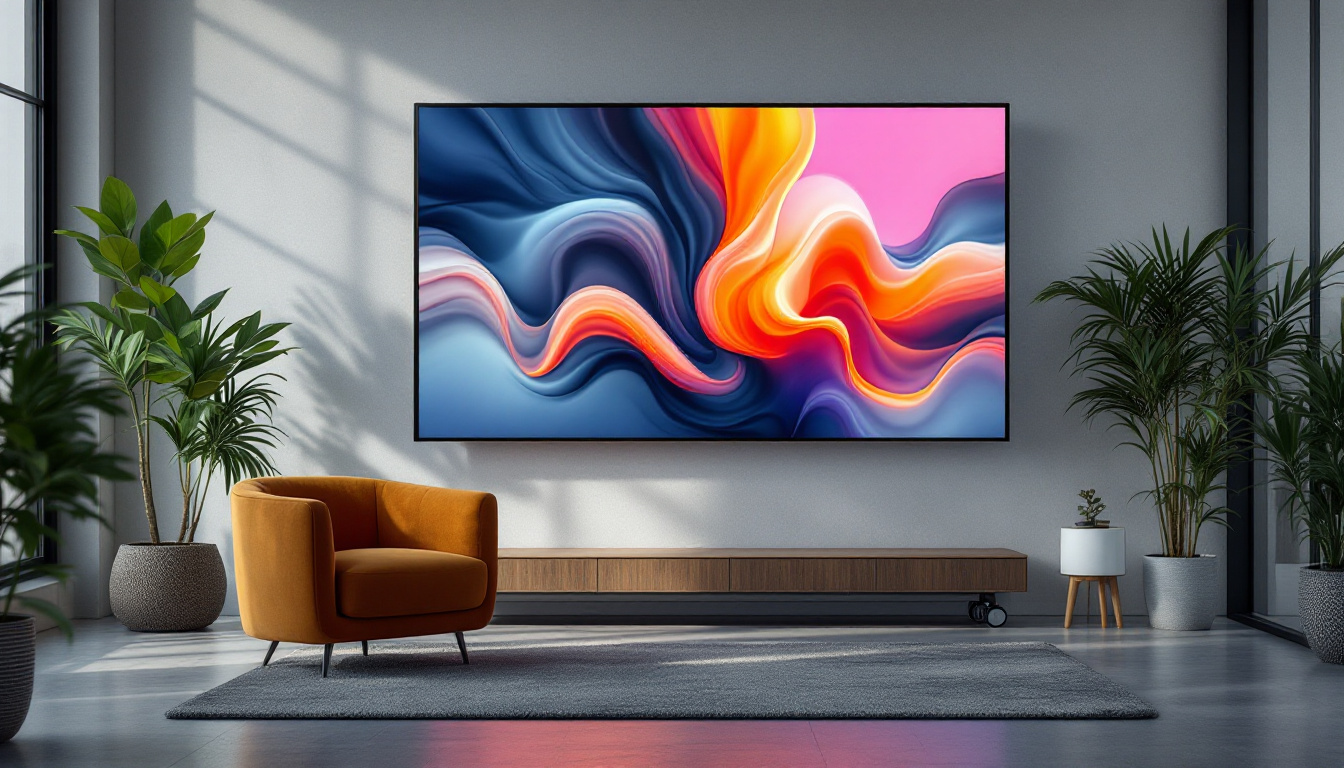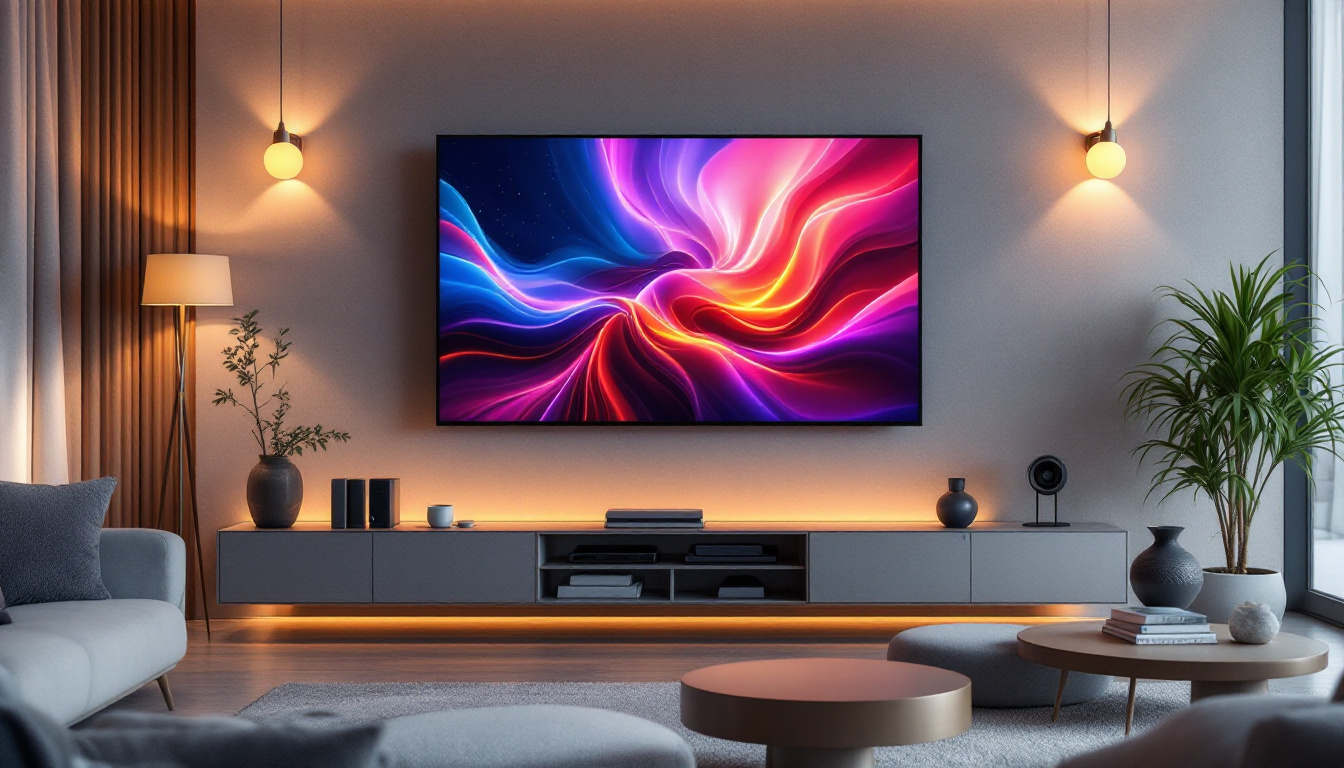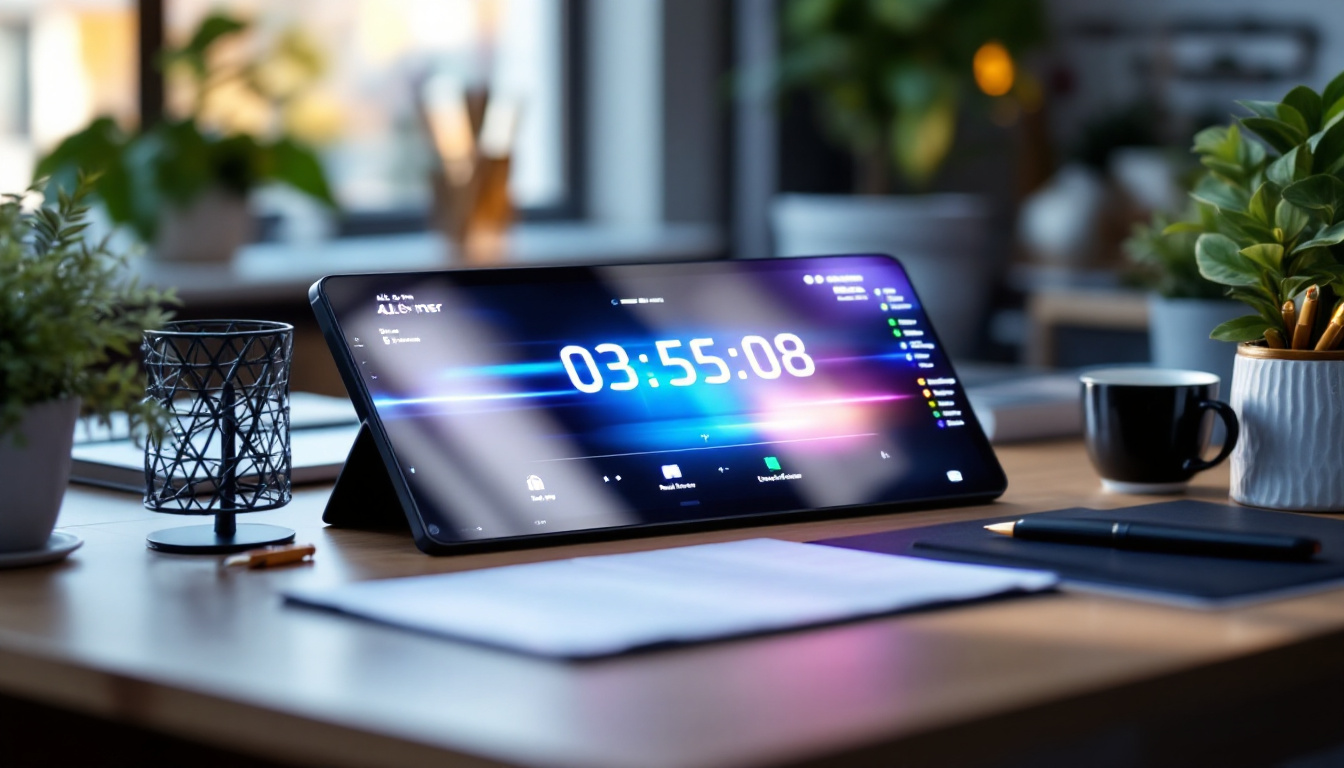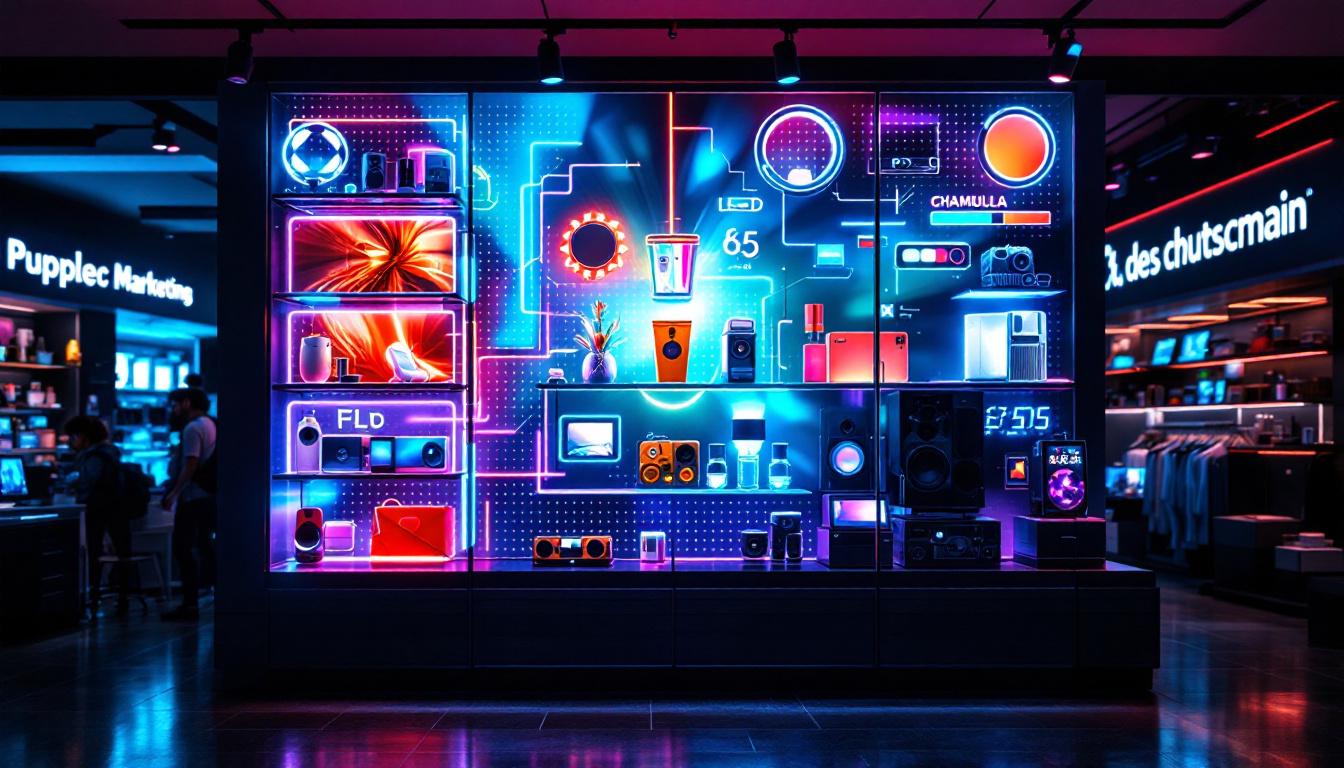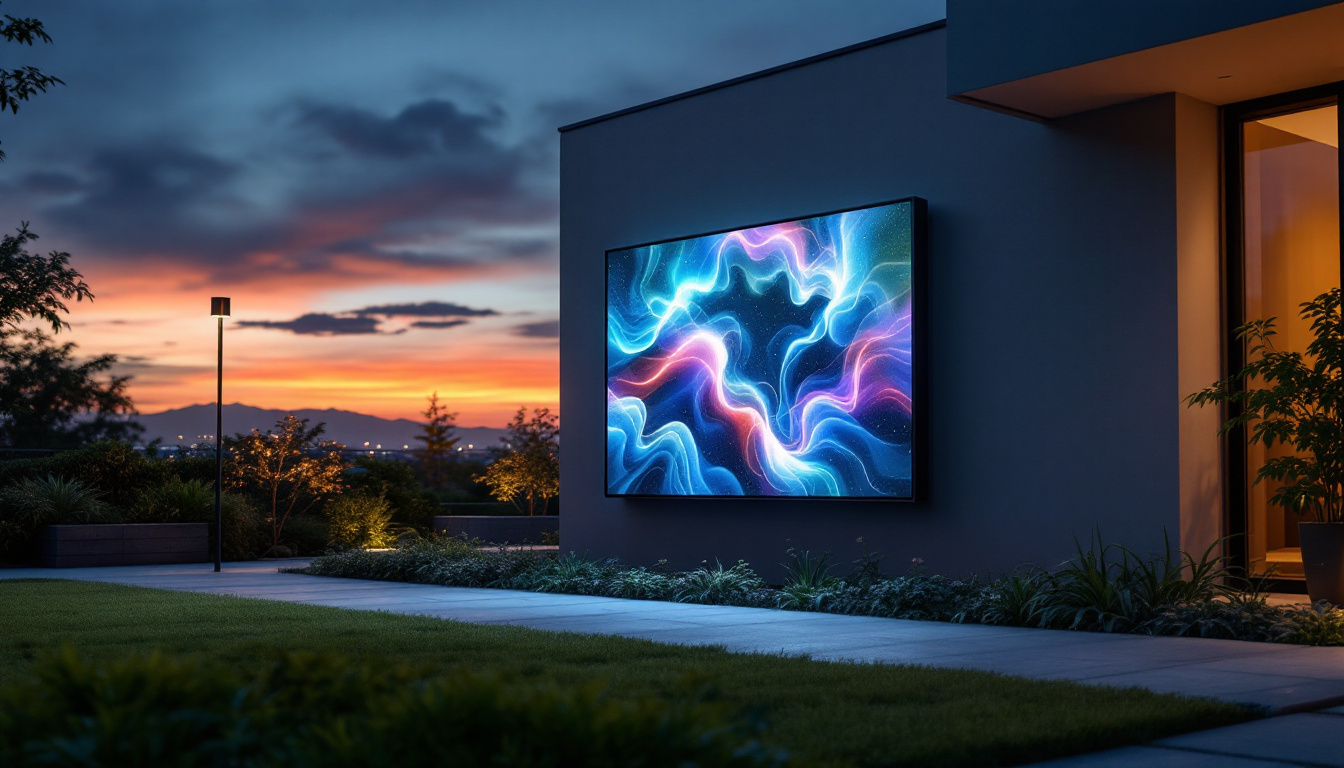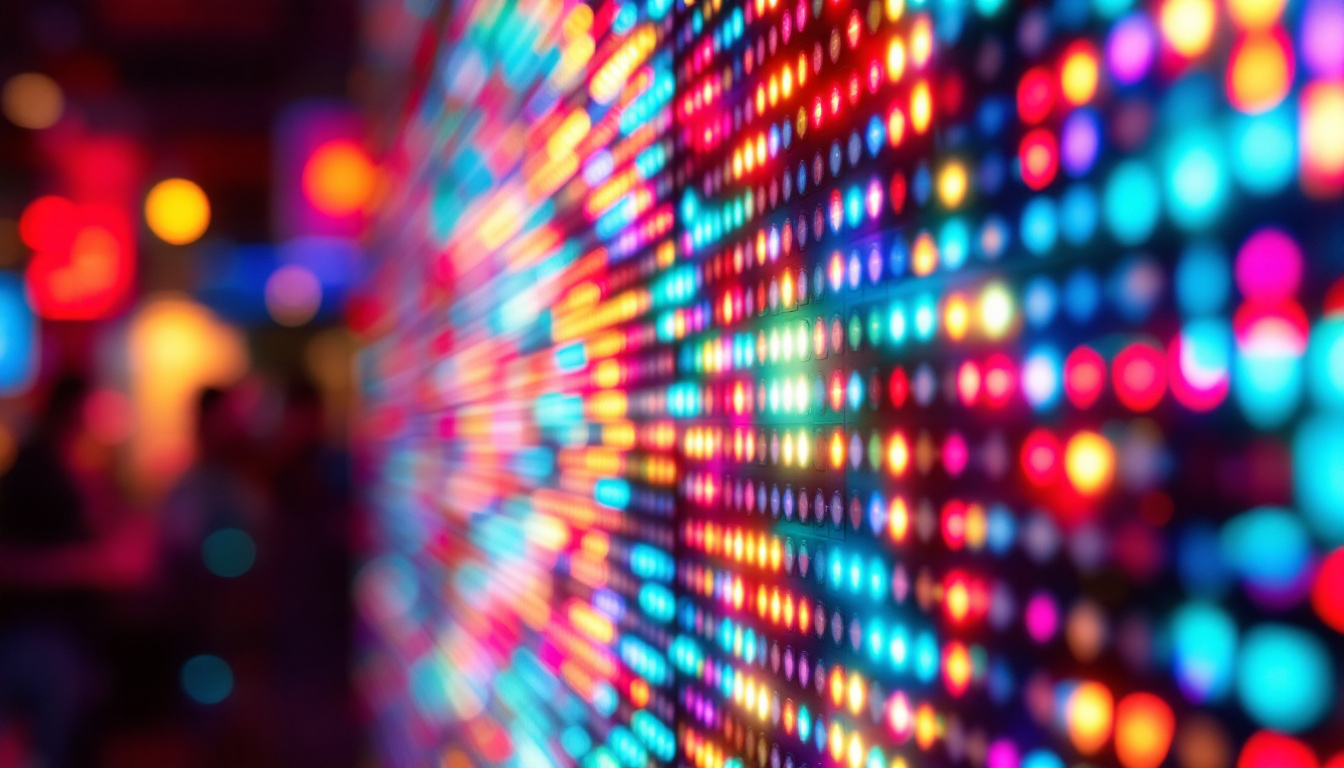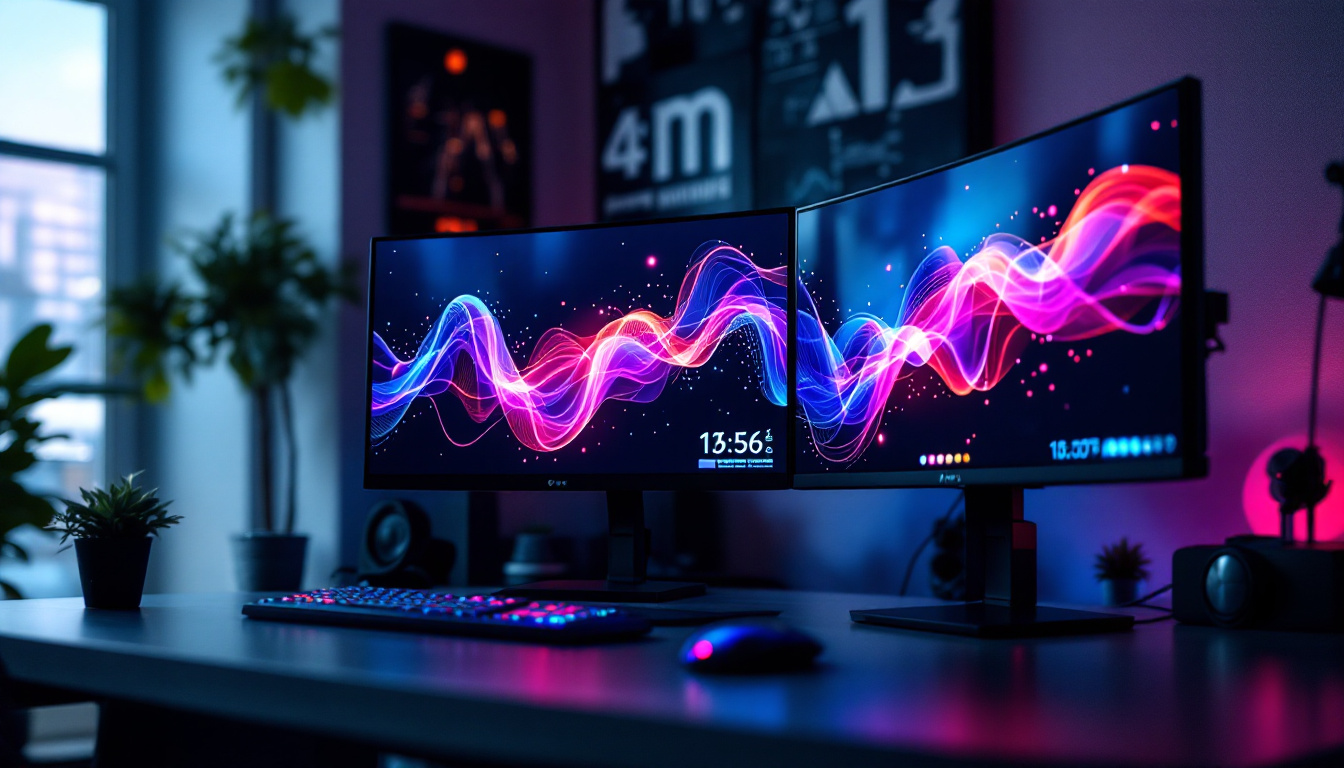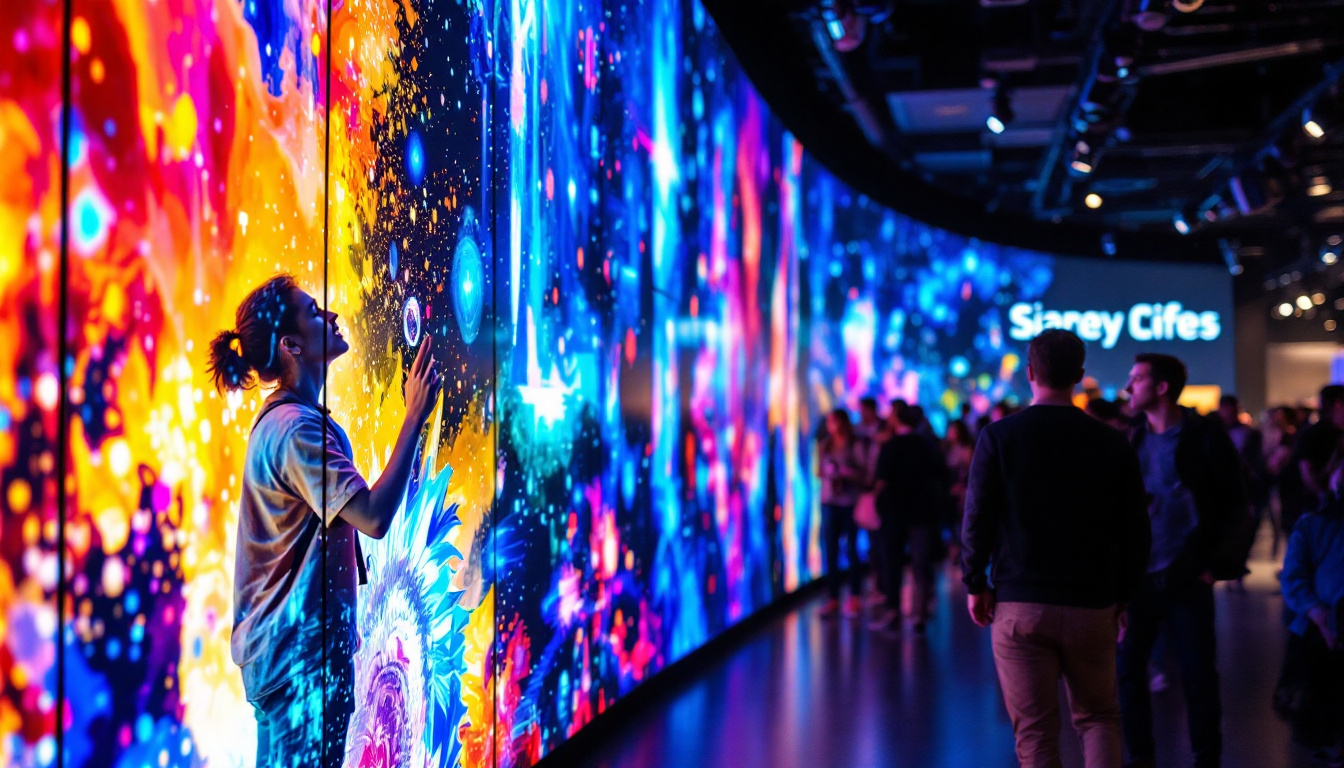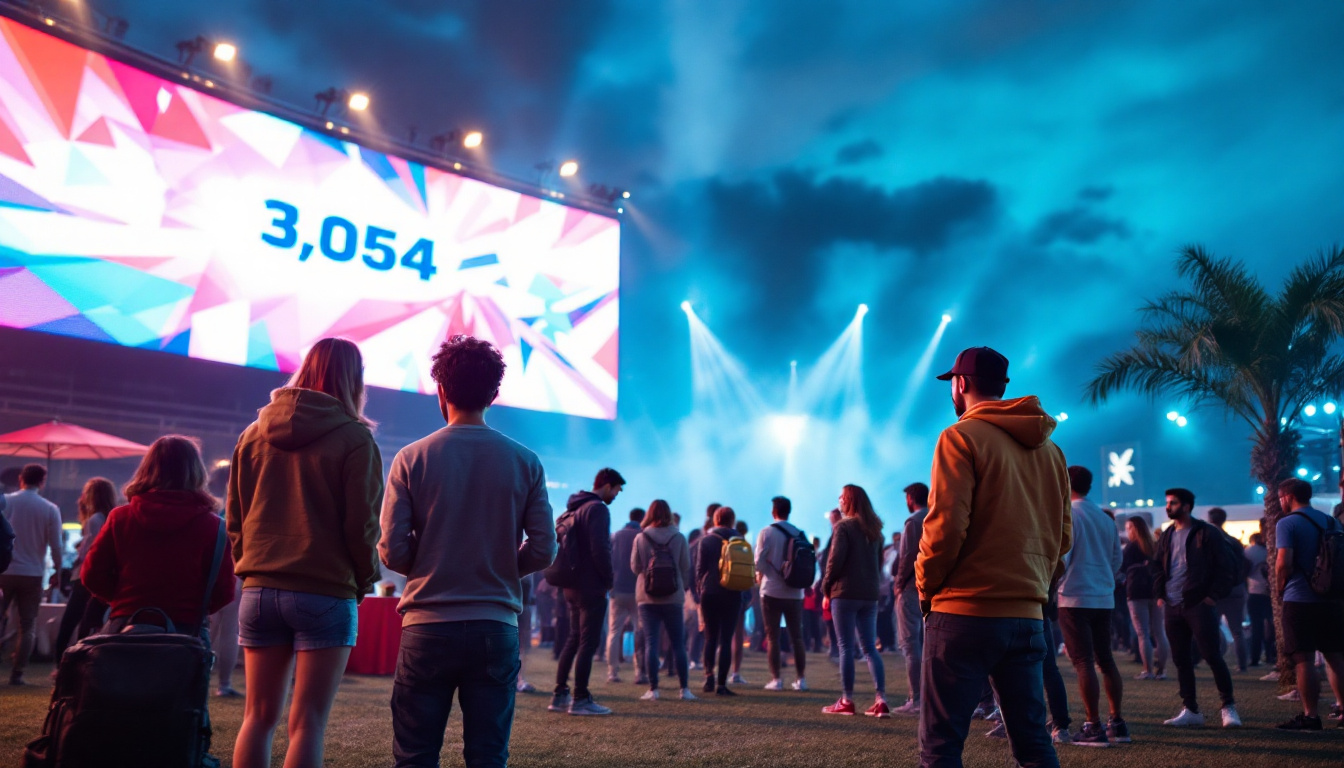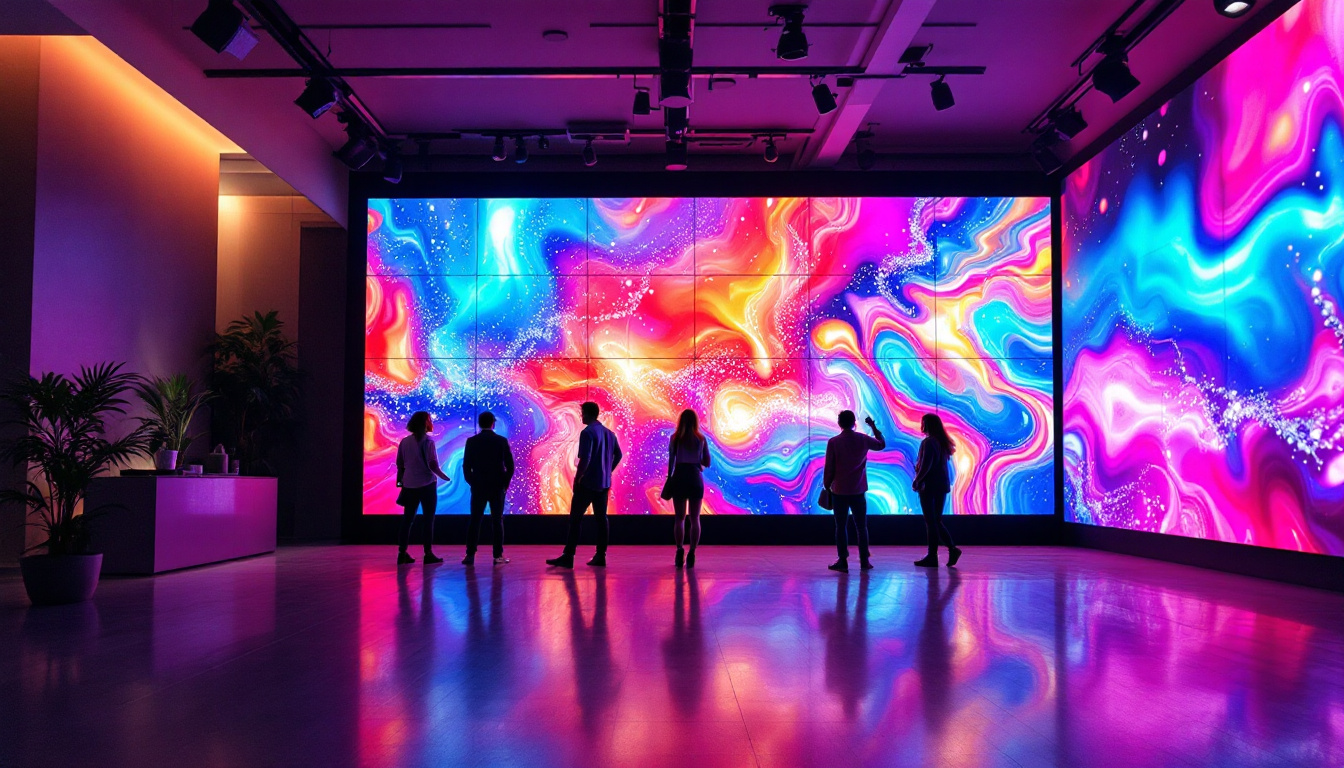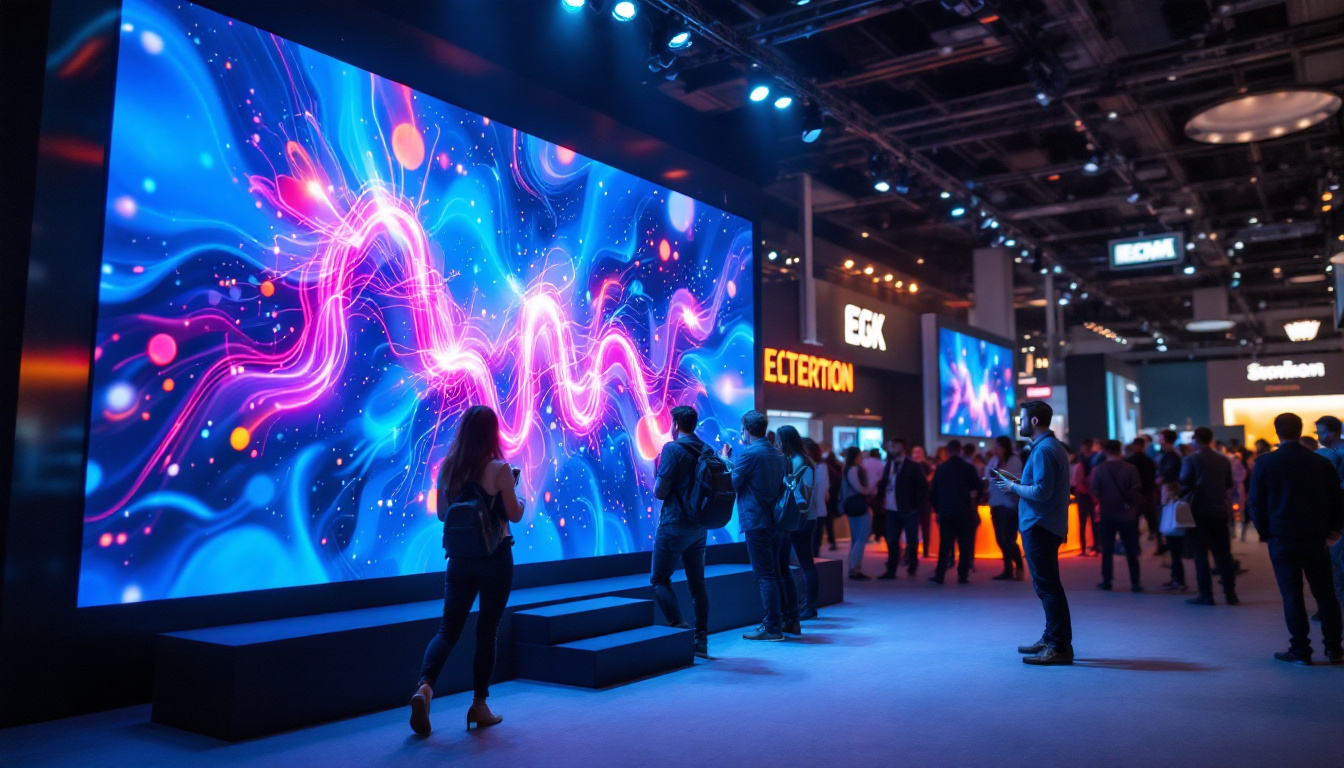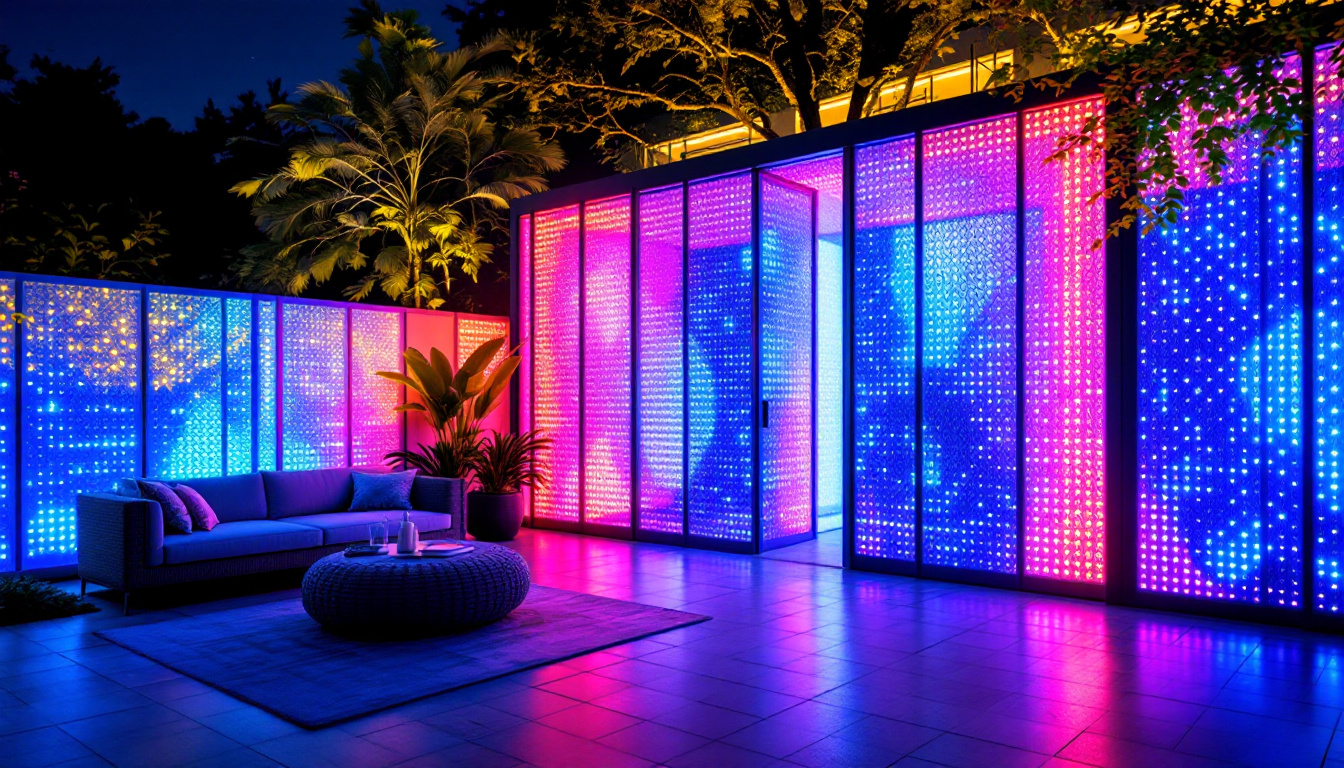In today’s fast-paced digital world, LED displays have become an essential medium for communication, advertising, and information dissemination. From vibrant billboards on city streets to dynamic message boards in stadiums and retail environments, LED signs capture attention with bright, clear visuals. At the heart of these displays lies powerful LED sign software, which controls the content, timing, and overall performance of the LED panels.
This article delves into the intricacies of LED display technology and the software that drives it. By understanding how LED sign software works, businesses and organizations can make informed decisions about selecting, operating, and optimizing LED signage to maximize impact and return on investment.
Understanding LED Display Technology
What is an LED Display?
LED stands for Light Emitting Diode, a semiconductor device that emits light when an electric current passes through it. An LED display is composed of thousands, sometimes millions, of these tiny diodes arranged in a grid to form pixels. Each pixel can be individually controlled to produce different colors and brightness levels, enabling the display of images, videos, and text.
LED displays are widely favored for their high brightness, energy efficiency, long lifespan, and excellent visibility even in direct sunlight. These qualities make them ideal for both indoor and outdoor applications, ranging from small digital signs to massive video walls. The technology has evolved significantly, with advancements in color accuracy and refresh rates, allowing for an immersive viewing experience that was previously unattainable with traditional display technologies.
Moreover, the versatility of LED displays extends beyond mere visual appeal. They can be integrated with smart technology, enabling features such as real-time data updates, interactivity, and content management systems that allow for easy customization. This adaptability has made LED displays a popular choice in various sectors, including retail, entertainment, transportation, and public information systems.
Types of LED Displays
LED displays come in various types, each suited to different environments and purposes:
- Indoor LED Displays: Designed for controlled lighting conditions, these displays have higher pixel density for sharper images and are optimized for close viewing distances. This makes them particularly effective in environments like conference rooms, theaters, and retail spaces where clarity and detail are paramount.
- Outdoor LED Displays: Built to withstand weather conditions, these displays feature higher brightness levels to remain visible in daylight and robust enclosures for durability. They are often used for advertising billboards, sports arenas, and public events, where they must capture attention in bustling environments.
- Transparent LED Displays: These innovative screens allow light to pass through, making them perfect for storefront windows and architectural applications. They create a unique blend of digital content and physical space, enhancing the aesthetic appeal of buildings while providing valuable information to passersby.
- Flexible LED Displays: Utilizing bendable panels, these displays can conform to curved surfaces, expanding creative possibilities. This flexibility opens up new avenues for artistic installations and immersive environments, allowing designers to create engaging experiences that captivate audiences.
Each type requires specific considerations in terms of hardware and software to ensure optimal performance. For instance, outdoor displays must incorporate advanced cooling systems to manage heat and maintain performance under varying environmental conditions, while indoor displays may prioritize color calibration for accurate image reproduction. Additionally, the installation process can vary significantly based on the display type, with outdoor models often requiring more robust mounting solutions to withstand wind and other elements.
The Role of LED Sign Software
What Does LED Sign Software Do?
LED sign software is the control system that manages the content displayed on LED screens. It enables users to create, schedule, and broadcast messages, images, videos, and animations. The software translates digital content into signals that the LED hardware can interpret to illuminate the correct pixels at the right time.
Beyond simple content management, modern LED sign software often includes features such as remote control, real-time updates, interactive capabilities, and integration with external data sources like social media feeds or weather information. This versatility allows businesses to engage their audience in a more dynamic way, ensuring that the content remains fresh and relevant to current events or promotions. For instance, a restaurant could display a special offer that changes based on the time of day or the weather, enhancing customer engagement and potentially increasing foot traffic.
Key Features of LED Sign Software
When evaluating LED sign software, several key features stand out:
- User-Friendly Interface: Intuitive design tools and drag-and-drop functionality simplify content creation, even for users without graphic design experience.
- Scheduling and Automation: Ability to program content to display at specific times or intervals enhances operational efficiency and relevance.
- Multi-Screen Management: Control multiple LED displays from a single platform, ideal for businesses with several locations or large-scale installations.
- Real-Time Content Updates: Enables dynamic messaging that can respond instantly to events, promotions, or emergencies.
- Compatibility and Integration: Supports various file formats and can integrate with third-party applications and sensors.
- Analytics and Reporting: Some advanced software provides insights into viewer engagement and system performance.
Additionally, many LED sign software solutions come equipped with customizable templates that allow users to quickly generate visually appealing content without starting from scratch. This feature is particularly beneficial for businesses that need to produce promotional material on a regular basis, as it saves time while ensuring brand consistency. Furthermore, the ability to incorporate interactive elements, such as QR codes or touch-screen capabilities, can significantly enhance viewer interaction, making the displayed content not just informative but also engaging. This interactivity can lead to increased customer participation, whether it’s through social media engagement or direct responses to calls-to-action displayed on the signs.
Another noteworthy aspect of LED sign software is its capacity for cloud-based management. This feature allows users to access and control their displays from anywhere, using any device with internet connectivity. This flexibility is particularly advantageous for businesses that operate in multiple locations or for those that require last-minute updates to their messaging. With cloud-based solutions, the burden of maintaining hardware and software updates is often alleviated, as providers typically handle these aspects, ensuring that users always have access to the latest features and security measures.
Choosing the Right LED Sign Software
Factors to Consider
Selecting the appropriate LED sign software depends on multiple factors, including the intended use, technical requirements, and budget. Here are critical considerations:
- Display Type and Resolution: Ensure the software supports the specific LED panel configuration and pixel pitch for optimal image rendering.
- Content Complexity: Consider whether the software can handle simple text and images or more complex video and animation content.
- Ease of Use: Evaluate the learning curve and availability of customer support or training resources.
- Remote Access: For organizations managing multiple signs or requiring frequent updates, remote control capabilities are essential.
- Budget Constraints: Costs vary widely, from free basic software to enterprise-level solutions with extensive features.
Popular LED Sign Software Solutions
Several software platforms have established reputations for reliability and feature richness in the LED signage industry:
- Novastar: Renowned for its robust hardware-software integration and support for high-resolution video walls.
- Colorlight: Offers flexible control systems with strong multi-screen management capabilities.
- LED Studio: A user-friendly option favored by small to medium businesses for straightforward content scheduling.
- Scala: A digital signage platform that supports complex content management and dynamic data integration.
Choosing between these depends on the specific needs and scale of the LED display project.
Implementing and Optimizing LED Displays
Installation and Setup
Proper installation is critical to ensure the LED display functions correctly and lasts over time. This includes:
- Hardware Configuration: Correctly assembling LED modules, power supplies, and controllers.
- Software Installation: Setting up the LED sign software on compatible devices and configuring communication protocols between software and hardware.
- Calibration: Adjusting brightness, color balance, and pixel alignment to achieve the best visual quality.
Professional installation services are often recommended, particularly for large or outdoor displays, to avoid common pitfalls and ensure safety compliance.
Content Strategy and Best Practices
Effective LED signage is not just about technology; content strategy plays a pivotal role in engaging audiences. Consider these best practices:
- Keep Messages Clear and Concise: LED signs are typically viewed briefly; messages should be easy to read and understand at a glance.
- Use High-Contrast Colors: Enhances readability, especially in varying lighting conditions.
- Leverage Animation and Video Wisely: Movement attracts attention but should not overwhelm or distract from the core message.
- Update Content Regularly: Fresh content maintains audience interest and relevance.
- Test Viewing Angles and Distances: Ensure the display is effective from all expected audience positions.
Maintenance and Troubleshooting
Routine maintenance extends the lifespan of LED displays and prevents downtime. Key activities include:
- Regular Cleaning: Removing dust and debris from panels and ventilation areas.
- Software Updates: Keeping LED sign software up to date to benefit from new features and security patches.
- Monitoring System Health: Using software diagnostics to detect and resolve issues proactively.
- Addressing Pixel Failures: Promptly repairing or replacing faulty LED modules to maintain image quality.
The Future of LED Sign Software and Displays
Emerging Trends
The LED signage industry continues to evolve rapidly, driven by technological advancements and changing user expectations. Notable trends include:
- Artificial Intelligence Integration: AI-powered software can optimize content scheduling based on audience behavior and environmental factors.
- IoT Connectivity: LED displays connected to the Internet of Things enable real-time data-driven content, such as live traffic updates or social media feeds.
- Augmented Reality (AR) and Interactive Displays: Combining LED signage with AR enhances engagement through interactive experiences.
- Energy-Efficient Innovations: Advances in LED technology and software algorithms reduce power consumption while maintaining brightness.
Why Staying Updated Matters
For businesses leveraging LED signage, staying current with software updates and industry trends is crucial. It ensures:
- Maximized ROI: Utilizing the latest features and optimizations enhances the effectiveness of advertising campaigns.
- Competitive Advantage: Innovative display capabilities can differentiate brands in crowded marketplaces.
- Security and Reliability: Updated software protects against vulnerabilities and improves system stability.
Conclusion
LED sign software is the backbone of modern LED display technology, enabling vibrant, dynamic, and engaging visual communication. Understanding the types of LED displays, the capabilities of sign software, and best practices for implementation empowers organizations to harness this technology effectively.
As LED technology continues to advance, integrating intelligent software solutions will become increasingly important for delivering compelling content and maximizing audience impact. Whether for advertising, public information, or entertainment, investing in the right LED sign software is a strategic decision that can drive success in the digital age.
Discover LumenMatrix’s Advanced LED Solutions
Ready to elevate your visual communication with cutting-edge LED display technology? LumenMatrix is at the forefront of innovation, offering a wide array of LED display solutions tailored to meet your needs. From Indoor and Outdoor LED Walls to specialized displays for vehicles, sports, and custom applications, our products are designed to captivate your audience and amplify your message. Experience the transformative power of LED displays and join the revolution in digital signage with LumenMatrix. Check out LumenMatrix LED Display Solutions today and see the difference for yourself.

